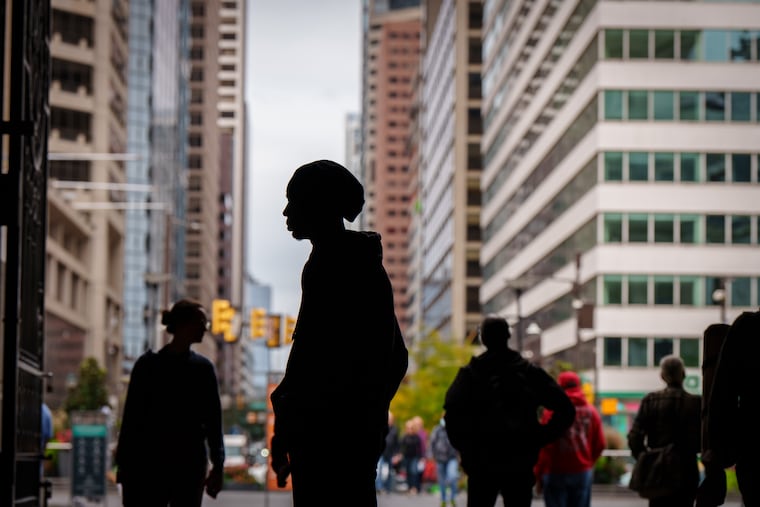Youth Justice
Link copied to clipboard
Link copied to clipboard
Teens say staff gave them cheesesteaks to assault other kids, and more takeaways from our youth justice investigation
An Inquirer investigation found Philadelphia has become an outlier in its rate of youth incarceration, as cities across the country have worked to curb reliance on institutions rife with abuse.
